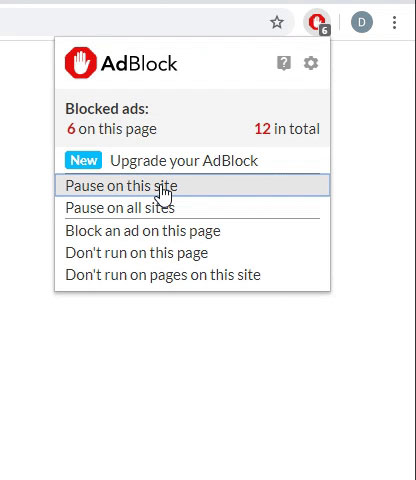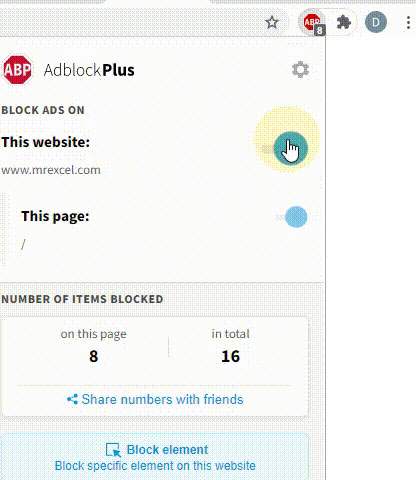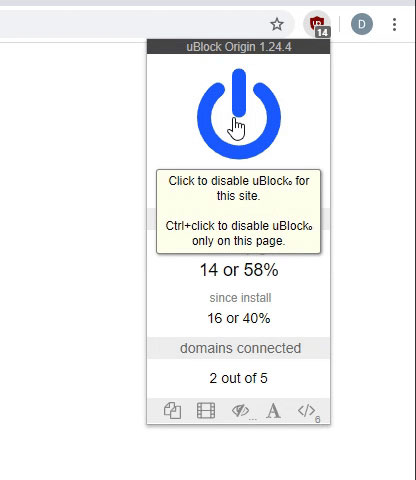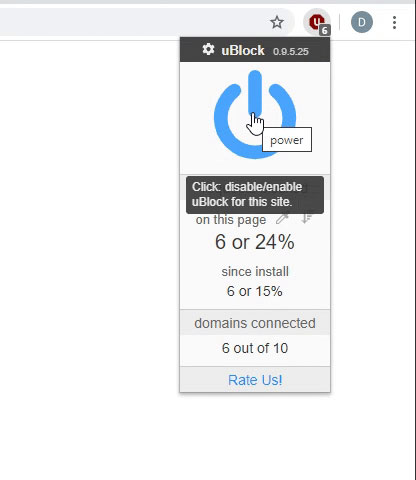Sub sumvector()
Dim n, k, i, j, wij As Integer
'w = Range("A1:C3").Rows.Count
n = Range("A1:C3").Rows.Count
For k = 1 To n
For i = 1 To n
For j = 1 To n
wij = Range("A1:C3").Cells(i, j) + [ Range("A1:C3").Cells(i, k) + Range("A1:C3").Cells(k, i)]
Next j
Next i
Next k
Range("E1:G3").Value = wij
End Sub
'it should take a 3*3 matrix and do its transitive closure
its not working,could you help me please
Dim n, k, i, j, wij As Integer
'w = Range("A1:C3").Rows.Count
n = Range("A1:C3").Rows.Count
For k = 1 To n
For i = 1 To n
For j = 1 To n
wij = Range("A1:C3").Cells(i, j) + [ Range("A1:C3").Cells(i, k) + Range("A1:C3").Cells(k, i)]
Next j
Next i
Next k
Range("E1:G3").Value = wij
End Sub
'it should take a 3*3 matrix and do its transitive closure
its not working,could you help me please





